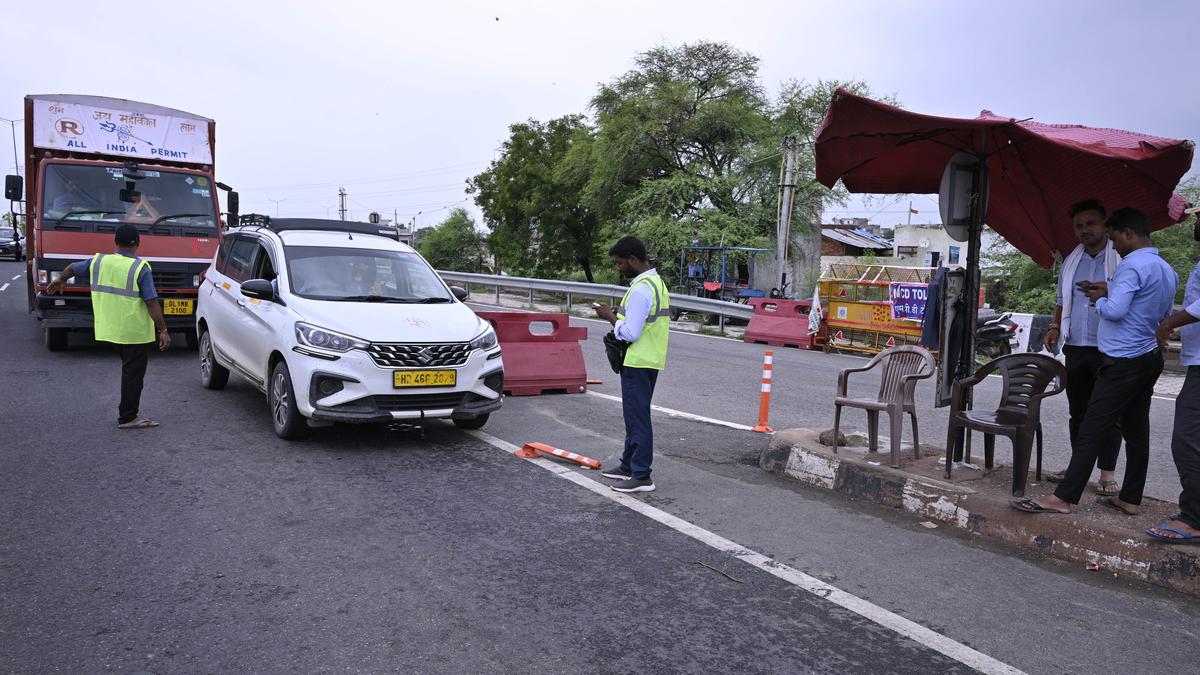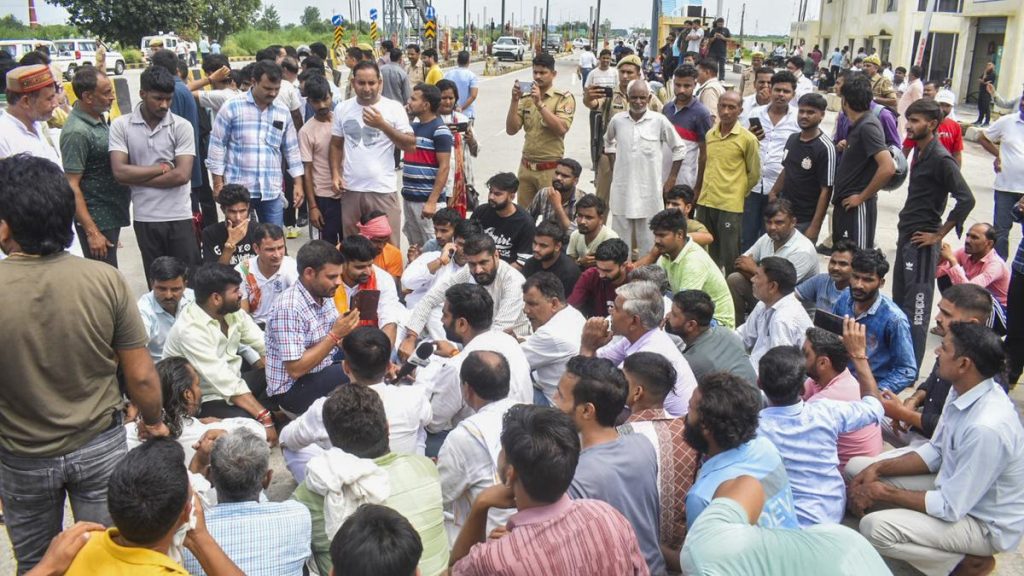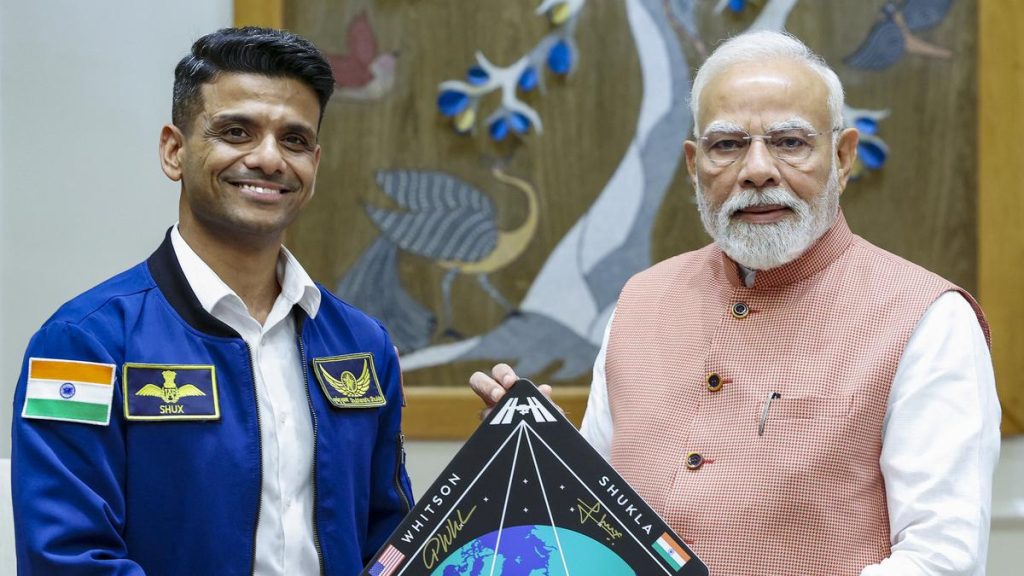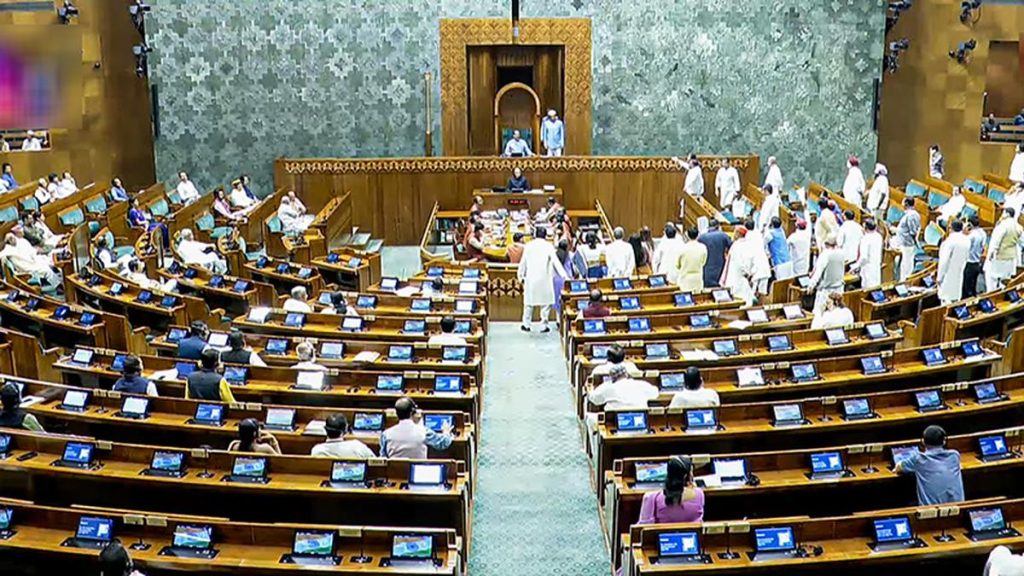Now Reading: Rethinking Toll Collection: Reforming Practices Explained
-
01
Rethinking Toll Collection: Reforming Practices Explained
Rethinking Toll Collection: Reforming Practices Explained

Quick Summary
- PAC Recommendations: The Public Accounts committee (PAC) of Parliament recommended discontinuing or reducing toll charges on national highways once capital and maintenance costs are recovered. It criticized perpetual tolling practices and proposed creating an independent regulatory authority for oversight.
- Technology-based Reforms: PAC advocated for tech-based solutions such as automated toll reimbursements when roadways are under construction, FASTag enhancements, and real-time plaza monitoring systems to reduce delays.
- Current Toll Practices: Toll charges increase annually by a fixed 3% plus partial indexation to the Wholesale Price Index (WPI). Fees are collected either by the government or concessionaires depending on financing models like BOT, TOT, or Infrastructure Investment Trust. Perpetual toll collection was allowed via a 2008 amendment.
- Exemptions & Discounts: Monthly passes are available for users living within 20 km of toll plazas at ₹340. Exemption is granted to specific categories including ambulances, funeral vans, armed forces in uniform, etc.
- Government Response: The Ministry of Road Transport and Highways has undertaken a study with NITI Aayog to revise fee determination using metrics like vehicle damage costs and user affordability. Starting August 15, an annual FASTag pass priced at ₹3,000 enables use of up to 200 crossings for non-commercial vehicles.
Indian Opinion Analysis
The recommendations from PAC spotlight urgent concerns over fairness in India’s highway tolling system while underlining inefficiencies in current administration mechanisms. Encouraging reforms like automated reimbursement frameworks during construction periods will improve commuter satisfaction but demand considerable investment into digital infrastructure.
Perpetual toll collection remains contentious becuase it disconnects fees from tangible service affordability metrics; aligning these through updated regulatory mechanisms could foster greater public trust without compromising revenue generation essential for infrastructure advancement.
The move toward adopting barrierless ANPR-powered free flow systems is highly likely transformative but hinges critically on effective implementation across India’s high-density highways. Similarly, while FASTag annual passes ease cost burdens substantially for urban commuters with frequent usage patterns, broader questions about rural accessibility remain open-ended.
Ultimately, PAC’s recommendations signal progressive aspirations that could substantially modernize India’s transport governance structure if acted upon judiciously – balancing fiscal needs against equitable public utility access will be key moving forward.
Read more at: Source
























